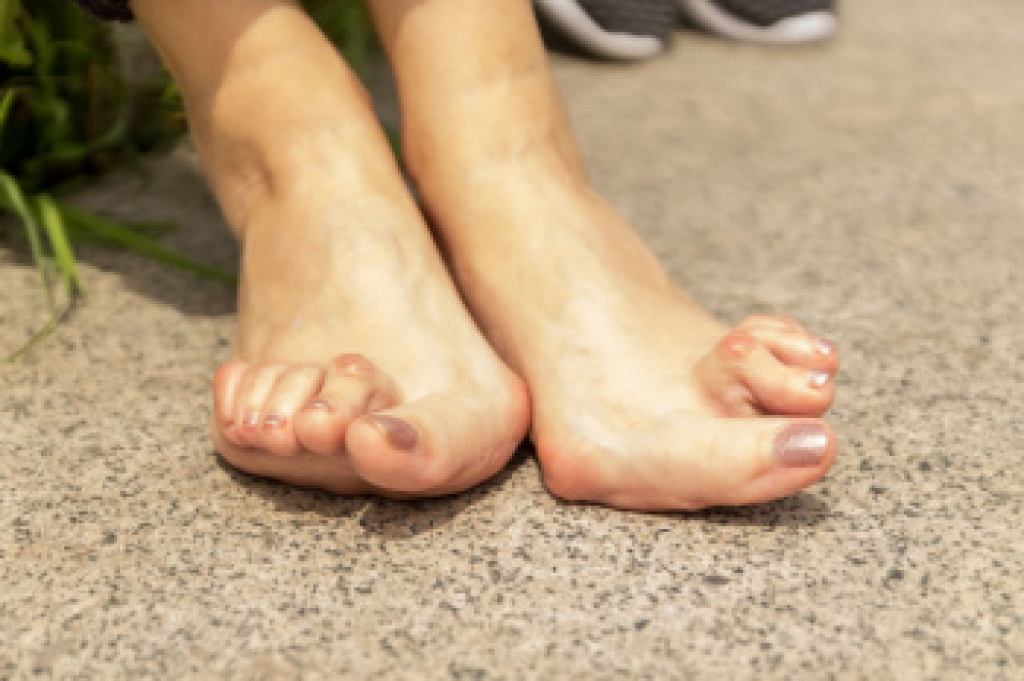
Pain in the ball of the foot, also called forefoot pain, can result from several conditions that affect the bones, joints, or soft tissues in this area. Metatarsalgia is one of the most frequent causes of pain in the ball of the foot. It develops when repetitive pressure on the metatarsal bones leads to inflammation and aching across the forefoot. Morton’s neuroma is another culprit, where a thickened nerve, usually between the 3rd and 4th toes, causes sharp or burning pain and sometimes numbness. A bunion deformity can shift pressure onto the ball of the foot, causing a change of gait that leads to pain and stiffness. A podiatrist can provide a thorough exam, identify the underlying cause, recommend footwear changes or orthotics, and determine whether surgery is needed. If you are experiencing pain in the ball of your foot, it is suggested that you make an appointment with a podiatrist for an exam, diagnosis, and treatment.
Foot Pain
Foot pain can be extremely painful and debilitating. If you have a foot pain, consult with David Williams, DPM from El Paso Feet. Our doctor will assess your condition and provide you with quality foot and ankle treatment.
Causes
Foot pain is a very broad condition that could be caused by one or more ailments. The most common include:
- Bunions
- Hammertoes
- Plantar Fasciitis
- Bone Spurs
- Corns
- Tarsal Tunnel Syndrome
- Ingrown Toenails
- Arthritis (such as Gout, Rheumatoid, and Osteoarthritis)
- Flat Feet
- Injury (from stress fractures, broken toe, foot, ankle, Achilles tendon ruptures, and sprains)
- And more
Diagnosis
To figure out the cause of foot pain, podiatrists utilize several different methods. This can range from simple visual inspections and sensation tests to X-rays and MRI scans. Prior medical history, family medical history, and any recent physical traumatic events will all be taken into consideration for a proper diagnosis.
Treatment
Treatment depends upon the cause of the foot pain. Whether it is resting, staying off the foot, or having surgery; podiatrists have a number of treatment options available for foot pain.
If you have any questions, please feel free to contact our office located in El Paso, TX . We offer the newest diagnostic and treatment technologies for all your foot care needs.

 Plantar fasciitis
Plantar fasciitis

